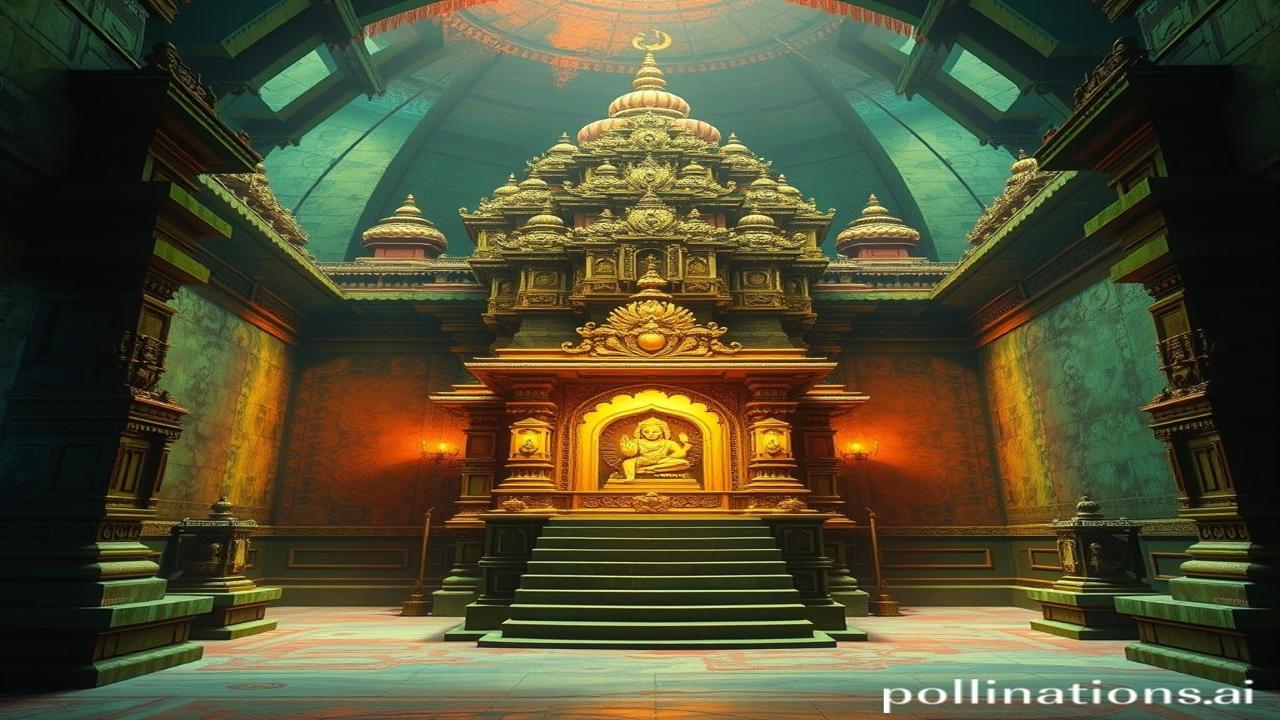Waqt Ke Ret Mein Chhipe Ghar: Unveiling Vedic Architecture & Home Design
Kabhi socha hai, 5000 saal pehle jab subah hoti thi, toh suraj ki pehli kiran kaise gharon pe padti thi? Kya mandiron ki ghantiyaan aisi hi bajti thi, ya logon ke dil mein bhakti ka rang aur gehra tha? Waqt ki ret mein dabi, Vedic architecture ki kahani sirf eent aur pathar ki nahi hai; yeh toh jeevan ka darpan hai. Let’s dive deep into the homes and designs of the Vedic era!
Vedic Architecture: A Historical Glimpse
Vedic architecture, my friends, dates back to the Vedic period, roughly 1500 to 500 BCE. Think of it as the foundation upon which much of Indian architectural philosophy was built. But it’s not just about buildings; it’s a whole system interwoven with spirituality, astrology, and daily life.
Yeh important kyun hai? Because it represents the earliest codified principles of design in India. The Shilpa Shastras (ancient texts on arts and crafts) began to take shape during this time, laying down guidelines for everything from house construction to temple design. Lesser-known fact: unlike later opulent structures, early Vedic architecture emphasized functionality and harmony with nature. No extravagant ornamentation; simple yet profound.
The Essence of Vedic Design: Vaastu Shastra and Beyond
Vedic architecture is deeply rooted in Vaastu Shastra, an ancient science that harmonizes buildings with nature’s elements. Vaastu dictates the orientation, layout, and materials used in construction to ensure positive energy flow and well-being for the inhabitants. Think of it as feng shui, but with a distinct Indian philosophical flavor.
Why Vaastu? The belief was that a harmonious living space could positively impact health, prosperity, and spiritual growth. Each direction was associated with different deities and elements, influencing the house’s energy.
Zameeni Sach: Life in a Vedic Home
Imagine waking up in a Vedic-era home. The walls are made of mud brick, cool in the summer and warm in the winter. Sunlight streams in through strategically placed openings, aligned according to Vaastu principles. Ma Yashoda is busy grinding grains in the courtyard, while her husband, Shri Ram, is tending to the cows.
“Ram, aaj dhaan ka chawal banega,” Yashoda calls out, her voice echoing softly. “Pandit ji ne kaha hai ki aaj ka din shubh hai.”
Their home is simple, but filled with love and devotion. A small shrine is dedicated to their family deity, where they offer prayers and light lamps every evening. Life is centered around community and harmony with nature. No skyscrapers, no concrete jungles – just the simple rhythm of life.
Vedic Homes: More Than Just Walls and Roofs
Vedic homes weren’t just shelters; they were spaces designed for spiritual and personal growth. Courtyards served as gathering spaces for families and neighbors. Open kitchens fostered a sense of togetherness during meal preparation. Everything had a purpose and a connection to the larger cosmos. The rulers also followd the same rule according to the Vaastu Shastra.
Dharohar Aur Pehchaan: Echoes of Vedic Design Today
Even today, the principles of Vaastu Shastra influence Indian architecture and home design. From the orientation of buildings to the placement of rooms, many modern homes incorporate Vaastu elements. Temples across India, with their intricate carvings and symmetrical layouts, are living examples of Vedic architectural principles.
Bharatiyata – the essence of Indianness – is deeply embedded in this ancient wisdom. It reminds us of our connection to nature, our spiritual roots, and the importance of creating harmonious living spaces. Shakti, kala, and dharohar – these are the threads that connect us to our Vedic past.
Mazedaar Tathya Ya Bhram-Bhanjak: The Truth Behind the Myths
Log samajhte hain ki Vaastu sirf ghar ko sahi disha mein banana hai, lekin asli sach yeh hai ki Vaastu ek poori jeevan shaili hai. It’s not just about the direction of your house; it’s about creating a balanced and harmonious environment that nurtures your mind, body, and soul. A myth is that Vaastu remedies involve expensive renovations. In reality, simple changes like rearranging furniture or adding plants can significantly improve the energy flow of your home.
Drishya Aur Bhavnayein: Experiencing the Vedic Era
Imagine the air filled with the scent of sandalwood and incense, the gentle sound of chanting echoing from a nearby temple. The temple walls feel cool to the touch, adorned with intricate carvings that tell stories of gods and goddesses. The streets buzz with activity, the sounds of merchants selling their wares and children playing filling the air. This is a glimpse into the sensory experience of the Vedic era.
Antim Vichar Ya Uddharan: Reflecting on Our Roots
Vedic architecture and home design offer more than just blueprints; they offer a philosophy for living. It’s a reminder that our homes should be sanctuaries – spaces where we can connect with ourselves, our families, and the divine.
“वसुधैव कुटुम्बकम्” – Vasudhaiva Kutumbakam – “The world is one family.” May this ancient wisdom guide us in creating homes that reflect our shared humanity and our connection to the universe.
